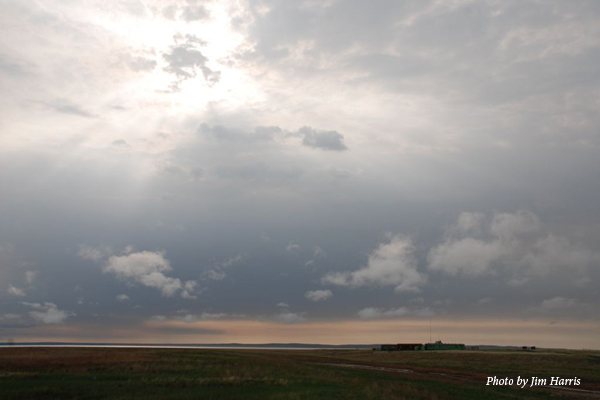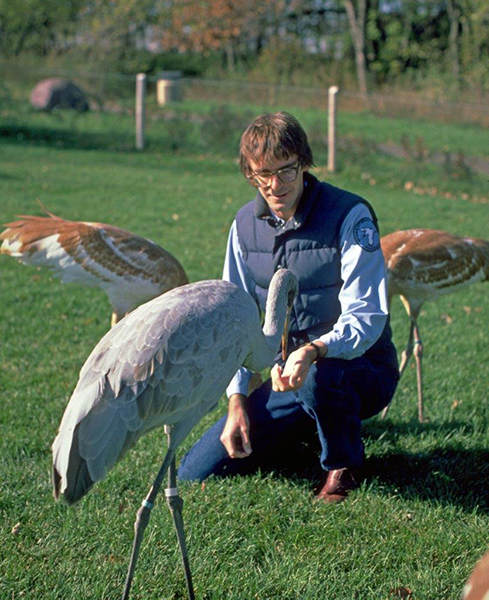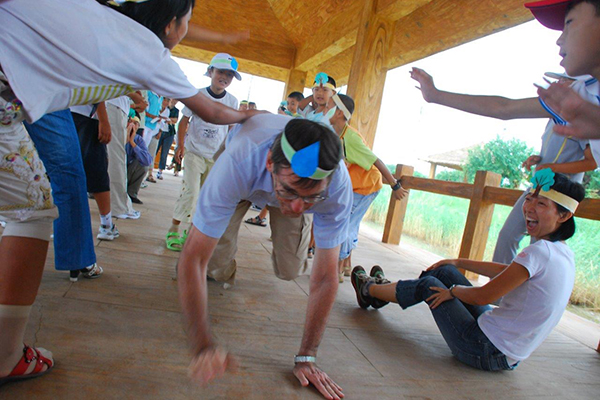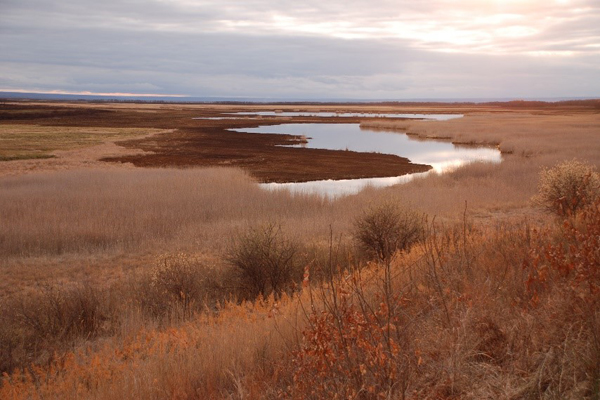
“The haunting calls of the world’s cranes are sadder today because they have lost a devoted friend, and the conservation community has lost a true hero.” ~ Kenneth Strom, National Audubon Society
On September 19, 2018, we lost a dear friend and champion for the conservation of cranes and wetlands, Jim Harris.
In 1984, Jim joined the International Crane Foundation in Baraboo, Wisconsin, as the Director of Public Education. By the late 1980s, Jim served as Deputy Director, expanding our activities in Asia. In 2000, Jim became our second President, succeeding our Co-founder Dr. George Archibald. Under Jim’s leadership, we were directly involved in 45 projects in 22 countries around the world. Six years later, Jim transitioned back to serve as director of our East Asia Program, while continuing as Vice-President. From 2006, he also oversaw our Africa Program, a post he held until just before his retirement in early 2018.

Jim was a journalist by training and an eloquent and prolific writer. He wrote lovely pieces detailing his experiences with people and cranes in Asia, featuring evocative descriptions of landscapes and their inhabitants.
As Co-chair (1988-2008) and Chair of the International Union for the Conservation of Nature (IUCN) Crane Specialist Group (2008 to 2018), Jim’s vision for cranes and their landscapes has always been global in scale. He adeptly integrated the expertise and passion of 350 members in over 50 countries. He led workshops and produced publications that changed the course of how we address complex crane challenges, such as agricultural land use and climate change. Jim brought diverse people together to find solutions to provide water for wetlands and cranes while balancing human needs. His contributions are culminating later this year with the publication of the much-anticipated Crane Conservation Strategy that engaged over 150 crane specialists in a review of the status and trends for all 15 crane species. A comprehensive assessment of 19 direct threats identifies research needs and priority actions for the next five years, with measurable actions linked to diverse partners.

Jim’s dedication, along with his wife Dr. Su Liying, to the cranes and wetlands of China, Russia and beyond is well-known and greatly appreciated. He pioneered conservation work with a micro-lending program for farmers in return for crane habitat conservation in China, introduced improved water management techniques as part of reserve management plans in Northeast China, promoted sound science as a basis for improved management, organized highly popular and effective international nature schools and camps and established monitoring networks.

Jim’s infectious reverberating laugh, gentle smile and sense of humor radiated an energy, positivity and sense of hope to everyone around him. Jim’s insights, critical thinking and recommendations were always constructive and valuable. His wise counsel was often sought by partners throughout the crane world, in part because Jim was always so supportive and giving of his time. An incredible mentor, guide and confidant, Jim leaves behind many people, all over the world, who have benefited, flourished and been inspired by his example.
Thank you, Jim, for decades of dedication and the legacy you have left for us all, to continue for the conservation of the world’s cranes. Thank you for your unfailing friendship to so many around the world.
